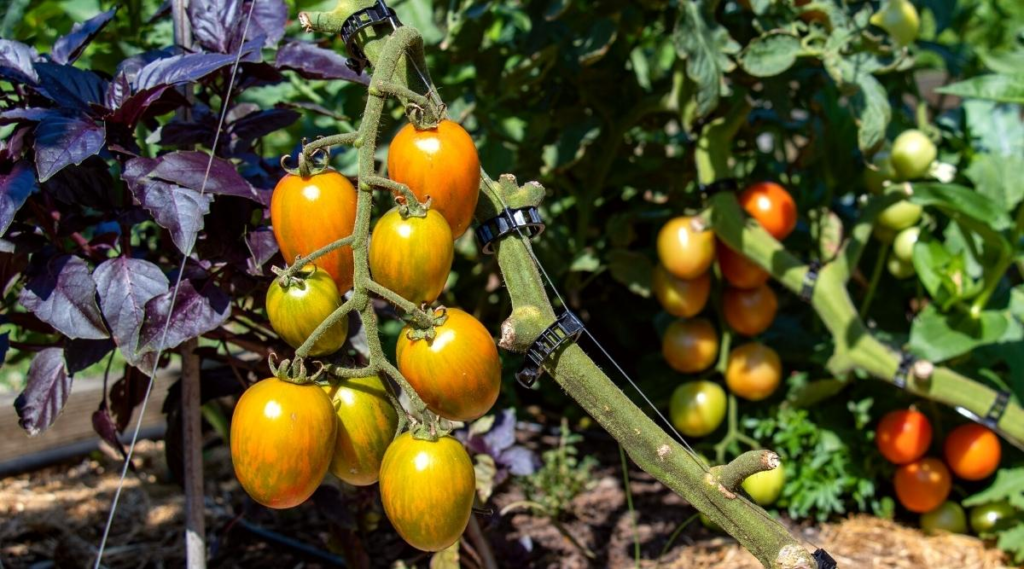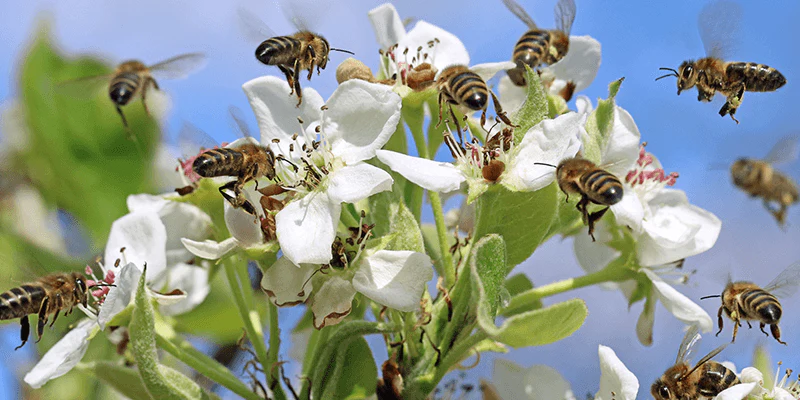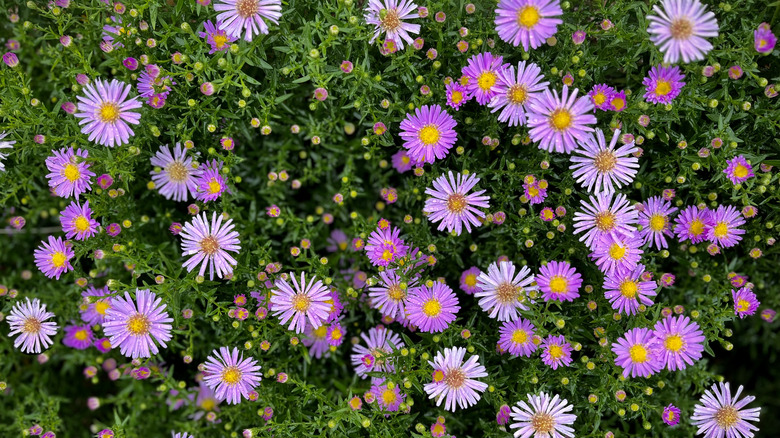Companion planting is a gardening technique that involves planting two or more species close together for mutual benefits, such as pest control, improved growth, or enhanced pollination. By understanding the relationships between plants, you can naturally boost your garden’s health and reduce the need for pesticides.
Reducing Pests with Companion Plants
One of the main advantages of companion planting is its ability to reduce pest problems without chemicals. For example, green peach aphids, which attack over 400 plant species and can transmit harmful viruses, are particularly resistant to pesticides. However, they despise the scent of garlic. To protect my crops from aphids, I plant garlic alongside vulnerable plants like potatoes and lettuces. Additionally, I include alyssum flowers to attract aphid-eating hoverflies, further protecting my plants.
Tomatoes and Basil: A Perfect Pair
Tomatoes and basil aren’t just a delicious pairing in the kitchen; they also complement each other in the garden. Basil helps repel common pests like thrips and whiteflies. Studies, such as one from Iowa State University, show that tomatoes grown with basil suffer less damage from insects and are less likely to attract harmful moths that cause tomato hornworms. Basil’s presence also deters armyworms from laying eggs on tomato plants.

Sacrificial Plants: Protecting Your Valuable Crops
Some plants act as “sacrificial” crops, drawing pests away from more vulnerable plants. Nasturtiums are a prime example. These flowers produce mustard oil, which attracts pests like cabbage worms, protecting nearby brassicas such as kale, cabbage, and broccoli. Nasturtiums are particularly beneficial because they self-seed year after year, ensuring a constant supply of natural pest control.

Flower Power in the Garden
In addition to attracting pollinators like bees, certain flowers also help repel pests and provide food for beneficial insects. For example, tansy is a powerful ally in the garden. It attracts ladybugs, predatory wasps, and minute pirate bugs that hunt down harmful pests. Tansy also repels many common garden pests. This perennial flower requires minimal upkeep, returning each year. However, be cautious, as tansy can be invasive in some areas. Growing it in containers is a good solution to prevent it from spreading uncontrollably.
Other flowers, such as marigolds and calendula, are excellent choices for attracting pest-eating bugs while enhancing your garden’s beauty.

Simplifying Companion Planting with Technology
Companion planting can be overwhelming, especially with so much research to sift through. This is where the Garden Planner’s Evidence-Based Companion Planting feature comes in. The tool allows you to easily find compatible plant pairings based on scientific studies. By highlighting a plant in your garden plan and selecting “Show Companions,” you’ll be provided with a list of plants that work well together, along with arrows showing the direction of the benefits.
The Garden Planner takes the guesswork out of companion planting, allowing you to maximize your garden’s potential without spending hours on research.
Conclusion
Companion planting is a simple, natural way to enhance your garden’s health, reduce pest problems, and encourage beneficial wildlife. With the help of tools like the Garden Planner, it’s easier than ever to make informed decisions about plant pairings. Will you incorporate more companion planting into your garden this year? Let me know your thoughts in the comments below!
